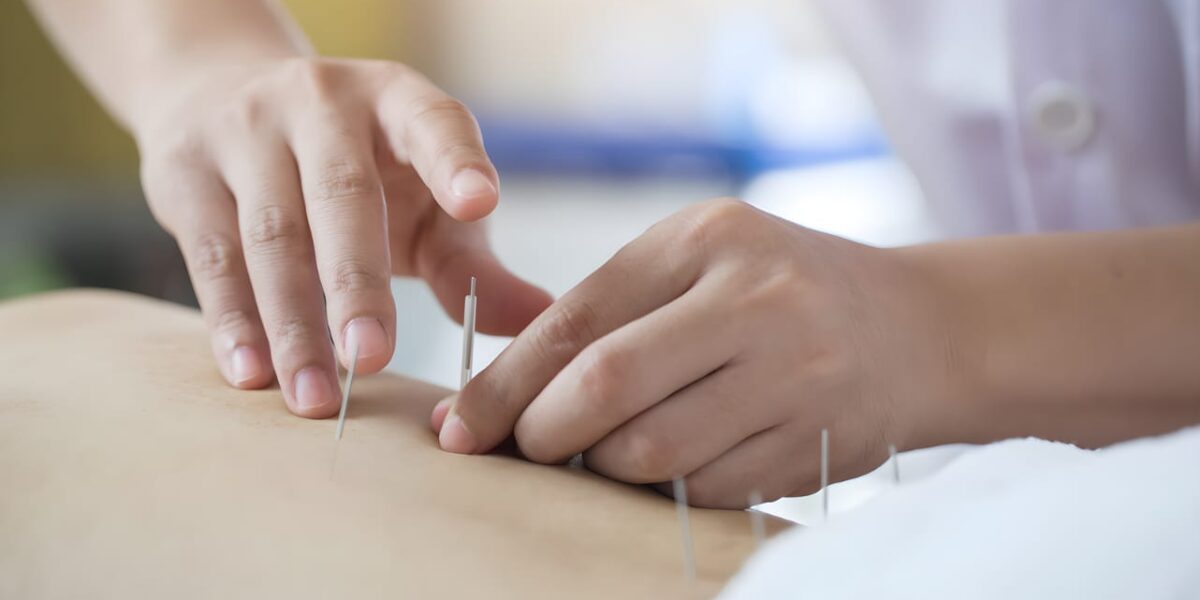Acupuncture is a form of treatment in which needles are inserted through the person’s skin in different lengths at specific points. Each acupuncture needle creates a tiny injury at the site of insertion, and it will be small enough to make slight or no discomfort, these tiny holes that is made on the person’s skin might me enough for a signal to let the body for reflexes of reaction. The reaction of the body stimulates the immune system, promoting circulation, healing of the wound, and modulation in pain receptors.
Philosophy
In Philosophy the acupuncture is an ancient practice that isn’t traditionally placed under science or medicine. They believed that the body of a human being was filled with and created by an invisible life-giving element or force which they called “qi” (pronounced ‘Chee’). When the ‘qi’ is flowing finely over the body moving through all the parts of body, then the person will be having a good mental and physical health. And when ‘qi’ is not sufficient in the body or deficient or blocked then the human might suffer from illness. Acupuncture is a method to provide relief to people by balancing the ‘qi’ in their body.
Claims
Here are just some of the many claims: allergies, anxiety and depression, osteoarthritis, chronic pain, often in the neck, back, knees, and head, hypertension, insomnia, menstrual cramps and PMS, migraines, morning sickness, sprains, strokes.
Needles
The common mechanism of stimulation of acupuncture points is insertion onto the skin by thin metal needles, which are inserted manually or the needle may be stimulated by electrical stimulation(electroacupuncture). Acupuncture needles are made of stainless steel, enabling them flexible and prevents them from rusting or breaking. Needles are usually disposed after each use, in order to prevent contamination. Reusable needles should be sterilized between applications. In many cases, only sterile, single-use acupuncture needles are used. Needles will be in length between 13 to 130 millimeters (0.51 to 5.12 in), with shorter needles used near the face and eyes, and longer needles in areas with thicker tissues, needle diameters differs from 0.16 mm (0.006 in) to 0.46 mm (0.018 in), with thicker needles used on more robust patients. Thinner needles may be flexible and require tubes for insertion. The tip of the needle should not be made too sharp to prevent breakage, although blunt needles cause more pain.
How to insert needles
The skin is sterilized and after that the needles are inserted, frequently with a plastic guide tube. Needles may be manipulated, including spinning, flicking, or moving up and down relative to the skin to stimulate the system. Since most pain is felt in the superficial layers of the skin, a quick insertion of the needle is recommended to avoid pain. Often the needles are stimulated by hand in order to cause a dull, localized and aching sensation that is called ‘de qi’, as well as “needle grasp,” a tugging feeling felt by the acupuncturist and generated by a interaction between the needle and skin. The skill level of the acupuncturist may influence from how painful the needle insertion is, and a sufficiently skilled practitioner might be able to insert the needles without causing any pain. Acupuncture can be painful in cases.
De-qi sensation
De-qi refers to a claimed sensation of numbness, distension, or electrical tingling at the needling site. If there are no observed sensations then inaccurate location of the acupoint, improper depth of needle insertion, inadequate manual manipulation, are blamed. If de-qi is not immediately felt upon needle insertion, various manual manipulation techniques can be applied to promote it such as plucking, shaking or trembling. Once de-qi is observed, techniques might be used which attempt to influence, techniques aim at tonifying.







